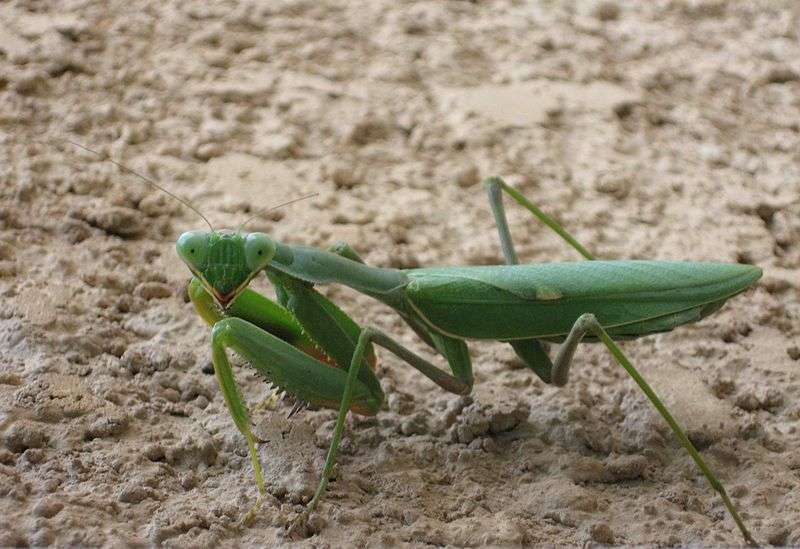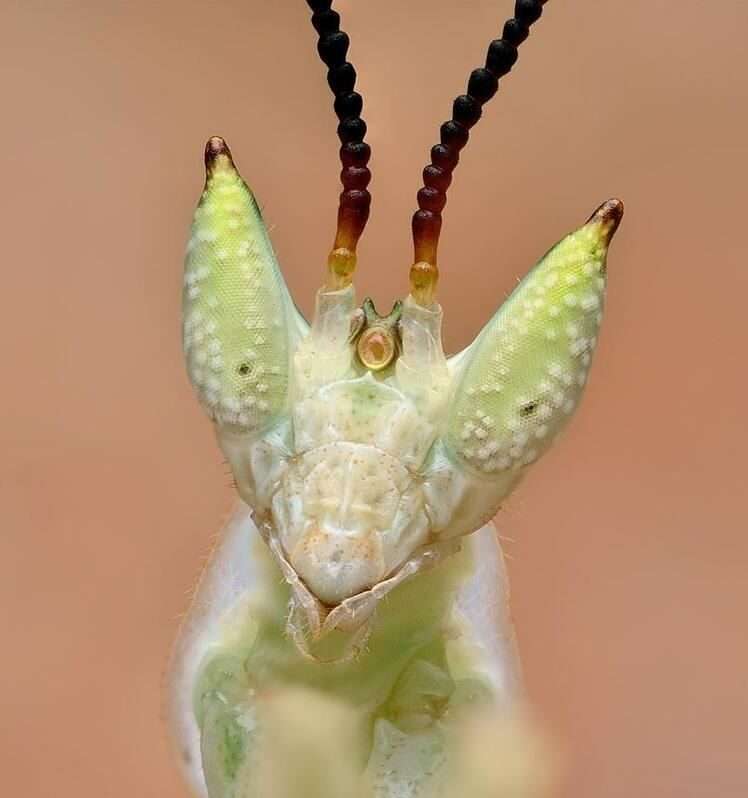
Description
Scientific Name: Pseudocreobotra wahlbergii
Lifespan: 6 month-up to 1 year
Africa’s southern and eastern regions are home to this little bug. When they are young, they are primarily black and resemble ants in appearance. For females, maturation takes seven molts, while it takes males six molts. The adult gets its name from the spiky structures on the underside of its abdomen. Its coloration varies, usually being a bright green, although it can also have a yellow, pink, or red tint. On its forewings, it has a sizable eyespot that is black, green, and cream in colour and is encircled by a green patch. While the outside hind wings are transparent, the inner hind wings are orange. Up until the third instar, nymphs are black.
Habitat
Sub-Saharan Africa is the natural habitat of spiny Flower mantises. They are locals of eastern and southern Africa.
Behavior
Although they can hunt energetically once they have discovered their food, this species is generally silent. Some mantis are easily agitated and will flap their wings in response to the smallest disturbance, whereas other individuals seldom ever do so. This mantis cannot be given huge prey like adult locusts because to their size. Instead of feeding them crickets, it is advisable to give them moths and flies.
Keeping as a Pet

Environmental Conditions
The spiny flower mantis is an African species, thus they thrive in temperatures between 25 and 30 degrees C. A heat mat can be used to provide this temperature. In the summer, extra heat is not necessary, but in the winter, it is crucial. The temperature at night can drop to around 18 ° C. These insects don’t require a lot of humidity. A 60% relative humidity is considered excellent. To maintain an appropriate level of moisture and humidity, water can be sprayed about two to three times per week. Avoid excessive moisture at all costs because it can result in the creation of mold, which is bad for the mantis’s ability to grow and complete its life cycle.
Housing
The spiny flower mantis needs an enclosure that is twice as wide and three times as long as it is, just like all other mantis species do. This mantis is quite susceptible to fungus and mold infections, thus the enclosure needs to have adequate ventilation. Branches, leaves, phoney plants, and flowers should be provided to mimic the habitat in its natural state. Sometimes, this mantis will remain motionless for several hours or even days. Although it is not absolutely necessary, a substrate like dirt, coconut fiber, or peat moss can also be put in the enclosure. It would be challenging for the insect to find its food if the enclosure were too large. The spiny flower mantis is not an active hunter of prey. It will be possible for the insect to hang upside down when molting by using a mesh or net lid. Group dwelling for these insects is absolutely not a smart idea because they are cannibalistic.
Feeding Habits
Flying insects are what the spiny flower mantis often favours to eat. Fruit flies, pinhead crickets, and other small insects are appropriate for young or nymphs, but crickets, roaches, moths, locusts, mealworms, houseflies, and other flying insects are appropriate for adults. Make sure not to give your pet any dangerous insects, including bees and wasps, since they could end up hurting them. Due to its extreme voracity, this mantis will consume its meal rather quickly. Stop feeding them, though, as soon as you see that their abdomen has gotten big after eating. The food that this insect eats usually provides enough liquids for them. Spraying your pet’s enclosure’s walls a few times per week might be an excellent idea. If the mantis needs water, it will sip from the minute water droplets on the cage walls.
Table





